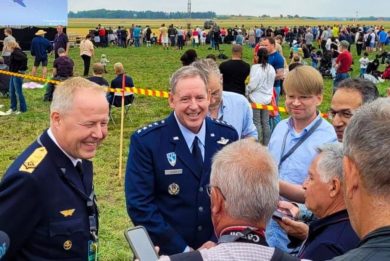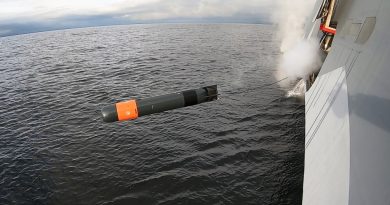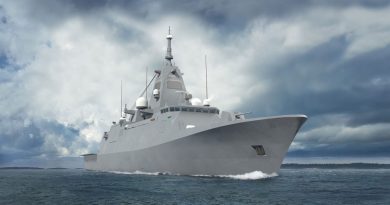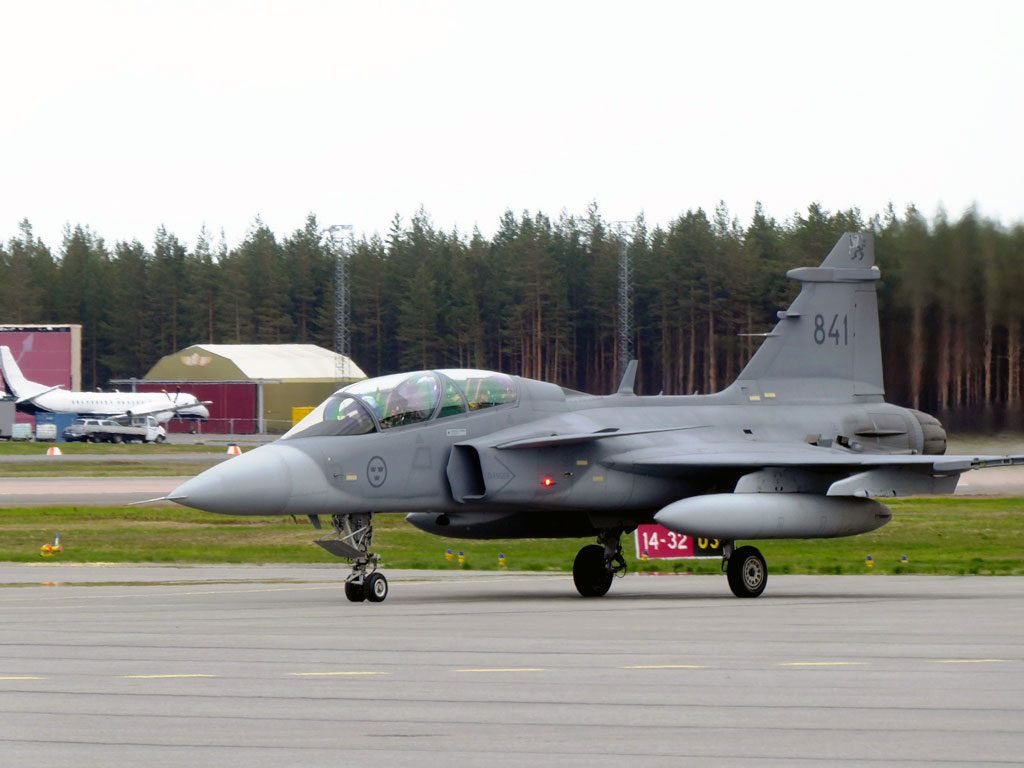
EDR On-Line Attends Europe’s Largest Air Exercise – Arctic Challenge Exercise (ACE) 2019
4 June 2019
By David Oliver
The Air Forces of Finland, Norway and Sweden hosted multinational Arctic Challenge Exercise 2019 (ACE 19) from 22 May to 4 June 2019. More than one hundred aircraft, 94 of which were fighter aircraft, from nine nations participated in the air exercise carried out in the airspace over the northern areas of the host countries.
ACE 19 is the fourth of its kind that Finland, Norway and Sweden have organised together. The exercise conducted every second year since 2013 is this time led by the Swedish Air Force that is responsible for planning and direction of the training event.
The exercise provided opportunity to train the large-scale planning and conducting of air operations in a real-like operating environment that involves a wide range of aircraft and forces of modern air warfare.
Host bases for the exercise were located in Bodø in Norway, Rovaniemi in Finland, and Luleå in Sweden. The missions were carried out in the areas extending over the three nations’ northern regions.
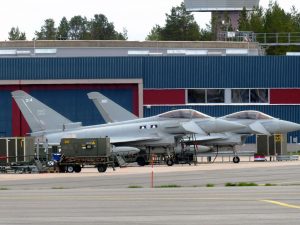
The Finnish Air Force deployed twelve F/A-18 Hornet multirole fighters, one CASA C-295 transport aircraft and one Pilatus liaison aircraft from Rovaniemi Air Base. The Army took part with three Utti Jaeger Regiment NH-90 helicopters operating from Lapland Air Command. Rovaniemi Air Base also hosted eight United States Marine Corps F/A-18C Hornets and eight Royal Danish Air Force F-16s.
The exercise formed part of the NORDEFCO cooperation between Finland, Norway and Sweden. The nations’ air forces carry out almost weekly joint air combat Cross Border Training (CBT) flight missions deployed from their northern home air bases. The international aim of ACE 19 was to train participating units to collaborate in combined air operations, practise safe and effective dissimilar aircraft combat training (DACT), improve interoperability by adopting NATO procedures and providing host nation support, and carry out a cost-effective exercise using the CBT concept.
In ten days of flying personnel were tested in various disciplines including threat evasion tactics such as low-level flying, aerial resupply (load drops) to friendly forces, combat search and rescue (CSAR) and air-to-air refuelling.

EDR On-Line visited Luleå-Kallax, the home base of the Swedish Air Force’s Norrbottem Wing F21 which comprises two squadrons equipped with Saab JAS 39 Gripen C/D fighter aircraft. F21 Wing’s commander
Colonel Claes Isoz assumed the role of Exercise Director. During ACE 19 Luleå-Kallax hosted Royal Air Force (RAF) Typhoons and US Air Force F-16C Block 52 Fighting Falcons assigned to the Air National Guard (ANG) 169th Fighter Wing from McEntire Joint National Guard Base, South Carolina. The role of the South Carolina ANG F-16s was suppression of enemy air defences (SEAD) with AGM-88 AGM-88 High-Speed Anti-Radiation Missiles (HARM).
The RAF deployment comprised 155 personnel from 14 RAF stations and five Typhoon FGR.4s from No 6 Squadron based at RAF Lossiemouth, one C-130J Hercules tactical transport aircraft of No 47 Squadron and a Voyager tanker/transport aircraft.
UK Commander for ACE 19, Wing Commander Matt D’Aubyn, Officer Commanding 6 Squadron said: “ACE 19 is an opportunity for us to train with our allies to improve our interoperability and ensure we’re capable of contributing to the collective security of Europe and NATO.
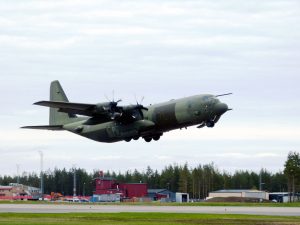
“Flying alongside the pilots from other nations is great because there’s always that slight competition: you always want to prove yourselves and so far the UK contingent is performing very well.”
Wing Commander D’Aubyn told EDR On-Line that there are few exercises on the scale of ACE and was surprised at the vast size of the 400 nm exercise area and that ACE 19 was the first time Phase 3 RAF Typhoons with the Meteor Beyond Visual Range Air-to-Air Missile (BVRAAM) had participated in a multi-national exercise.
In addition to tactical resupply, the RAF C-130J electronic warfare (EW) role against air threats from simulated MiG-29s and Su-34s, and ground threats from simulated SA-6, SA-8 and SA-10 surface to air missiles.
All photos by David Oliver

